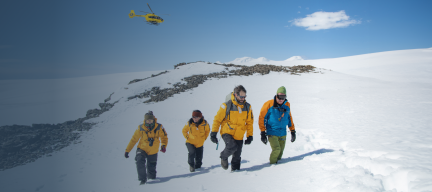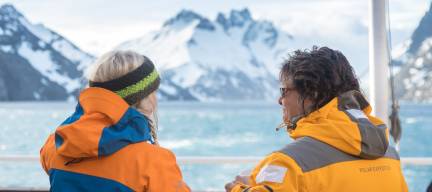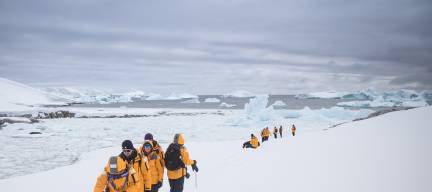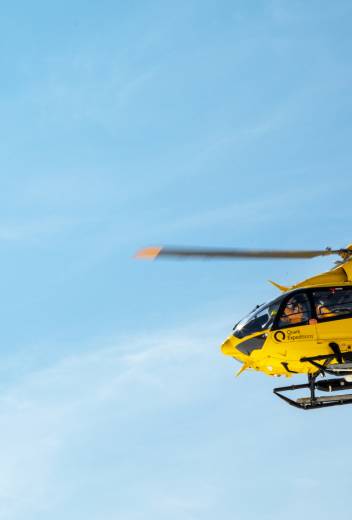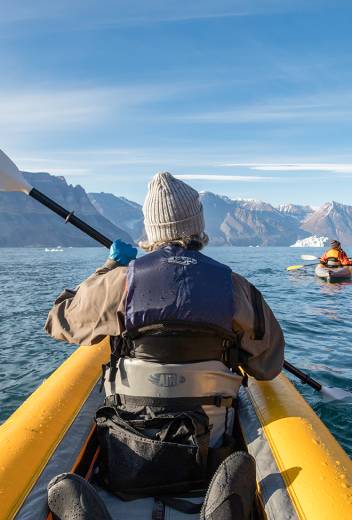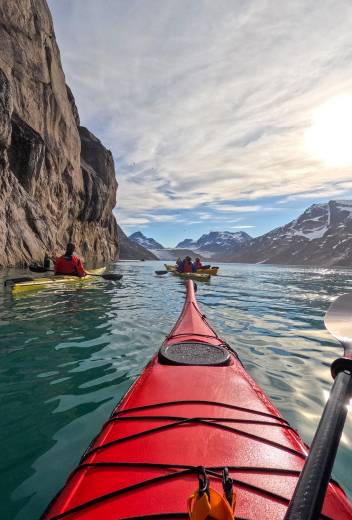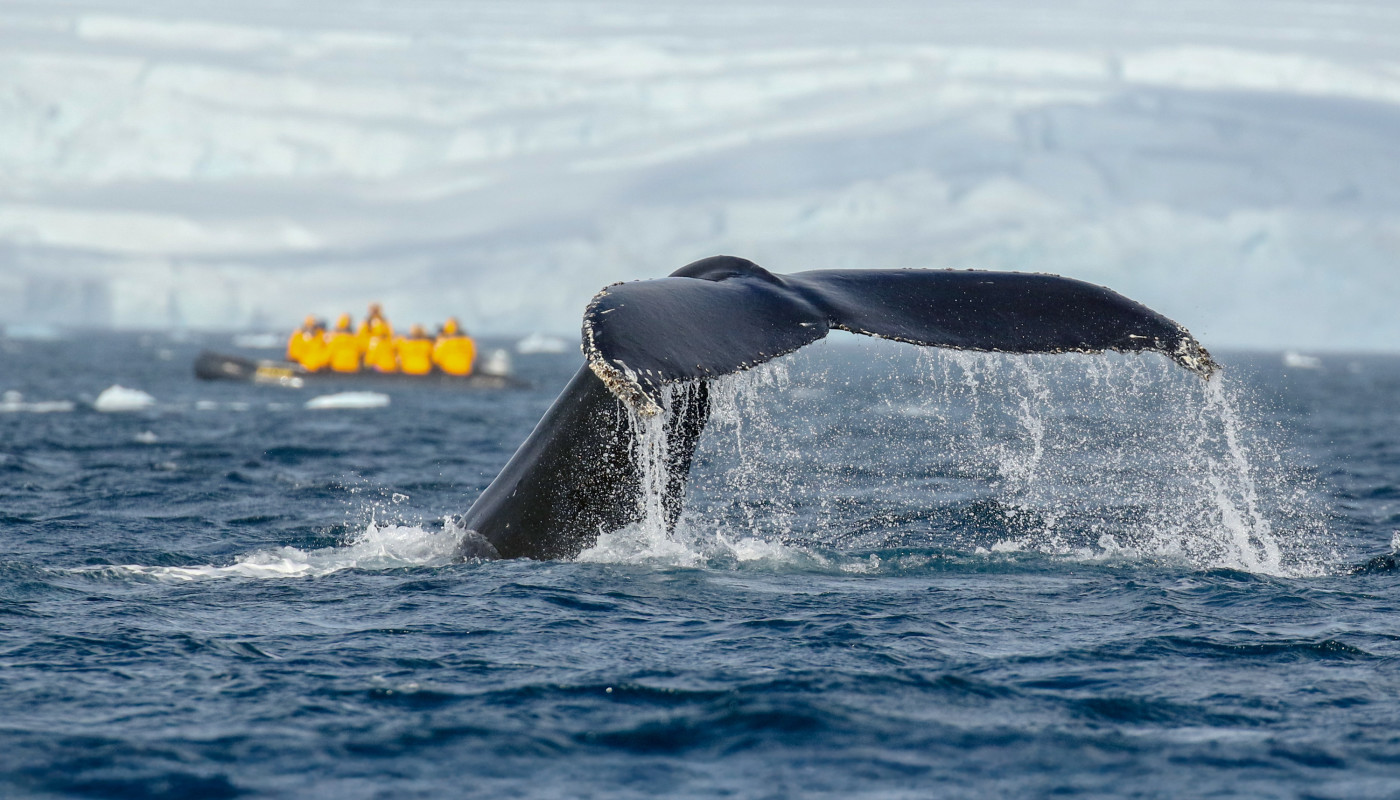
Science and Discovery
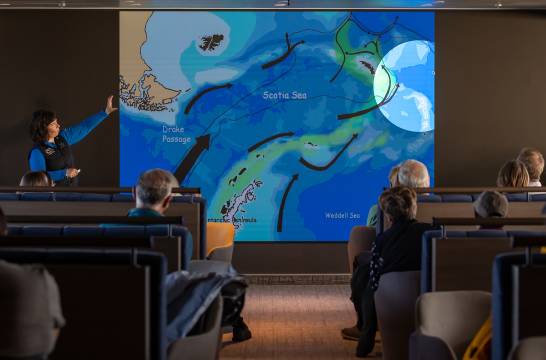
Overview
Our new Science & Discovery Program was designed to foster community, curiosity, and education. Through researcher-led sessions, and interactive learning and field experiences with our expedition team, guests will gain a better understanding and appreciation of the polar wilderness.
The program will enable guests to:
- Interact and connect with scientists and researchers who are actively collecting data during expeditions.
- Participate in citizen science programming to broaden their understanding and knowledge of the incredible polar ecosystem.
- Work with our expedition team to help collect and record data during experiences ranging from conducting seabird surveys on deck to documenting whale sightings.
Citizen Science and Academic Science Support
As we continue to explore the polar regions, we also aim to study what makes them so special so we can learn how to preserve this pristine part of the world.
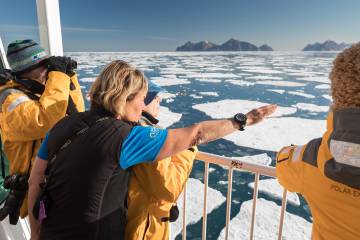
Observational Citizen Science
Available on: All Arctic and Antarctic departures
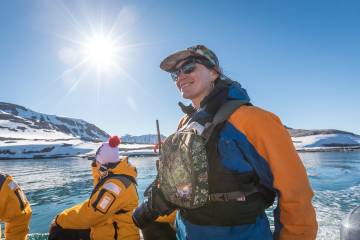
Interactive Citizen Science
Available on: Select World Voyager and Ultramarine departures
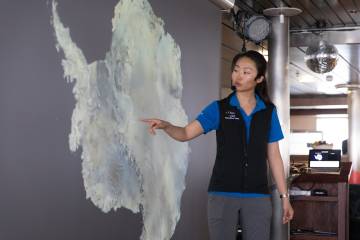
Professional, Academic Research
Available on: Select World Voyager, Ultramarine, and Ocean Explorer departures
Science and Discovery on the World Voyager
World Voyager—the newest addition to our fleet—is a modern expedition ship built for science and discovery and features our all-new Science Hub.

QUARK SCIENCE HUB
Gather with scientists, researchers and expedition guides to share findings and insights from the voyage.
Engage with interactive digital displays featuring multimedia content for self-guided discovery even when staff aren't present.
Learn how data collection methods, such as drones, wildlife tags, and biopsy and guano sampling, enable us to study the health, population, and migratory pathways of unique birds, whales, seals and other Antarctic marine mammals.
Review and discuss observations and explore samples collected during science Zodiac cruises with other participants.
Featured Voyage

Antarctica Marine Mammals:
The World of Whales and Seals
On this voyage, you aren’t just a guest, you’re also an active participant in citizen science. Alongside Ari FriedLeander, founder of the Friedlaender Lab, you’ll help collect data on whales of the Antarctic while learning about their behavior and ecology.
Science and Discovery Partners

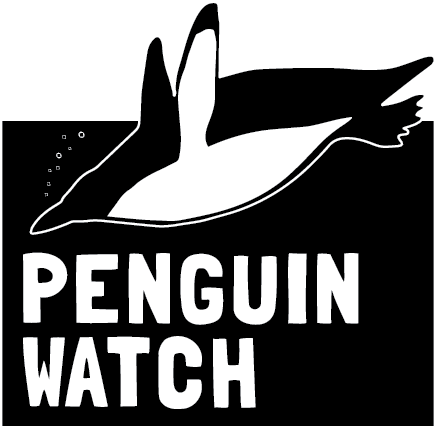
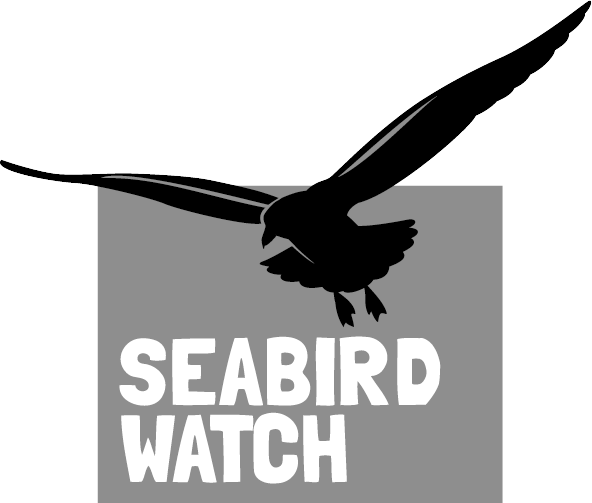


FAQ
Observational citizen science is available on all Antarctic and Arctic departures, regardless of the ship. However, interactive citizen science is only available on select Ultramarine departures in the Arctic 2027 or Antarctic 2027/28 seasons, and on select World Voyager departures in the Antarctic 2026/27 and 2027/28 seasons.
Quark’s Science & Discovery program is an included activity for all to participate. There is no signing up required. Note that activities differ between ships and departures, and are subject to weather.
Please contact our Polar Travel Advisor team to see which departures works best for you.

